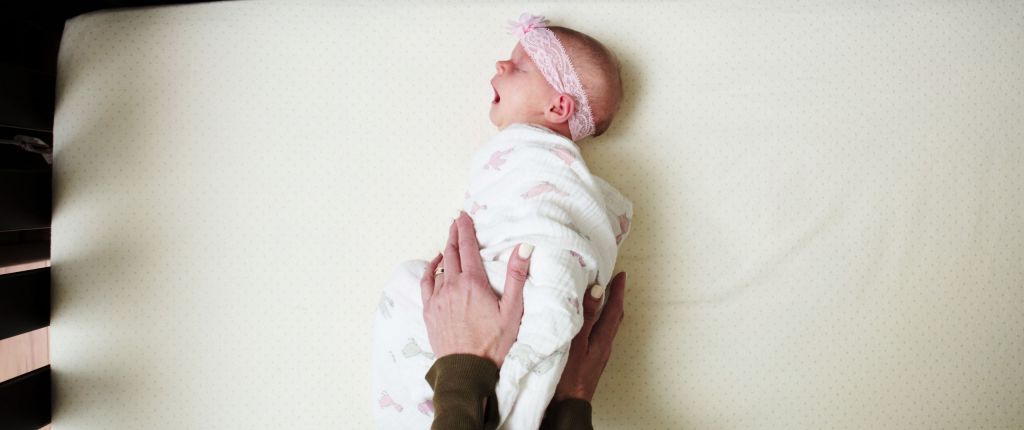Newborn Sleep – What New Parents Should Expect

New parents often have unrealistic expectations about sleep when they bring a baby home. Some parents think they will get to sleep a lot because a newborn sleeps a lot. I’ve heard other parents say they don’t think they will get any sleep for weeks or months. I’m here to tell you that neither of […]
How to get my baby to sleep through the night.

This is probably the most commonly asked sleep question for parents, and unfortunately there isn’t an easy answer! There are many factors involved when attempting to answer this question. It can depend on things like: How old is your baby? How much do they eat? How often do they eat? Were they premature? Do they […]
My Favorite Sleep Products

During sleep consultations I am often asked what my favorite products are. While I have many, parents must realize that my favorite sleep sack or swaddle may not be their child’s favorite! I will list several products in this blog and tell you why I like them, but you know your baby or child best. […]
Mental Health Awareness Month: Podcast Episode #97

Dr. Nave now works with queens through her virtual practice Hormonal Balance. Today she talks to us about hormones and how they affect our mental health, including the baby blues and postpartum depression. You can listen to this complete podcast episode on iTunes or SoundCloud. Alyssa: Hi. Welcome to Ask the Doulas Podcast. I am […]
The Swaddelini Swaddle: Podcast Episode #93

Liz Hilton, founder of Swaddelini, tells us about the unique process she uses to create her amazing swaddle and why her swaddle is different. You can listen to this complete podcast episode on iTunes or SoundCloud. Kristin: Welcome to Ask the Doulas with Gold Coast Doulas. I’m Kristin. Alyssa: And I am Alyssa. Kristin: And […]
Megan’s Sleep Story: Podcast Episode #80

Megan Kretz, one of Alyssa’s sleep clients, tells us about her sleep training journey with her daughter at 9 months and again at 19 months. She says that as a working mom, it meant spending a little less time with her daughter, but that it was all worth it because the quality of the time […]
Podcast Episode #70: Speech Delays and Sleep

Today we talk to Courtney of Building Blocks Therapy Services again about how speech delays affect sleep in older babies. It’s a short one, but packed with good information! You can listen to this complete podcast on iTunes or SoundCloud. Alyssa: Hello! Welcome to Ask the Doulas. I am Alyssa Veneklase, and I’m here with […]
Expert Sleep Tips For Your Child (And You)!

Many of the tips I give parents during a sleep consult for their child apply to them as well. Although a baby’s sleep cycle is different from a toddler’s, and both are different than an adult’s, let’s talk about a few tips that apply to everyone and some that definitely do not! Sleep tips for […]
Podcast Episode #67: Dominique’s Sleep Story

One of Alyssa’s past sleep clients tells us her story about hiring an expert to solve her daughter’s sleep issues. She is honest about the fears she had going into it, the misconceptions and myths about sleep training that were dispelled while working with Alyssa, and how on the first day they saw improvement! You […]
Doula Support for Adoptive Families

Most parents probably don’t think about hiring a doula if they aren’t pregnant. They think of a birth doula only supporting a laboring mother, but that couldn’t be farther from reality. Birth doulas can support any parent. Postpartum doulas can support adoptive families by helping them to prepare for baby’s arrival and in-home after baby […]
Sleeping Through the Holidays

Right when you get your child on a good schedule something inevitably comes up that makes it difficult to stay on track. We just went through the dreaded daylight savings (the worst for adults too!). Right now we are in the midst of the holidays. Here are some sleep tips for keeping your children’s sleep […]


